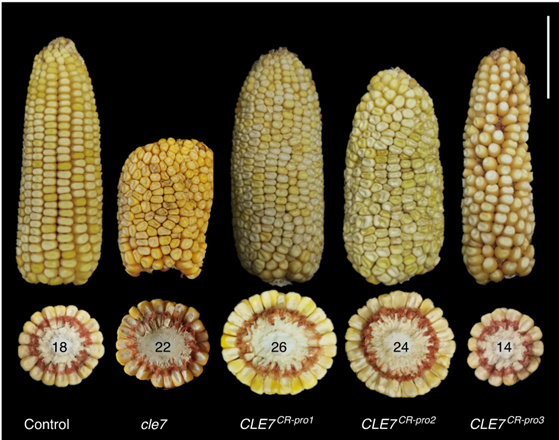
Enhancing grain-yield-related traits by CRISPR-Cas9 promoter editing of maize CLE genes (Nature Plants)
During domestication of maize, one of the favorable traits was meristem size. Understanding the genetic circuit of maize meristem development and engineering for crop productivity are important from an agricultural perspective. In this article, Lie et al. used CRISPR-Cas9 to edit the promoter regions…
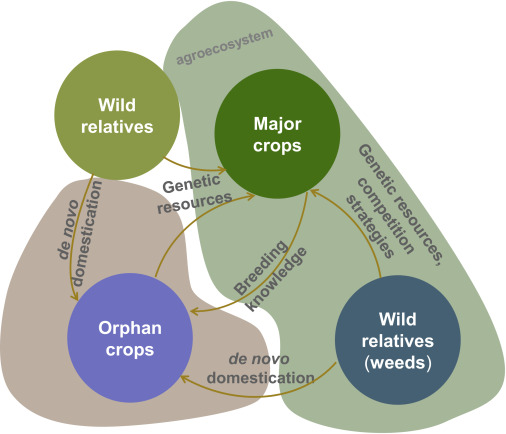
Review: Orphan crops and their wild relatives in the genomic era (Mol. Plant)
More than half of human calories come from rice, wheat, and corn, although many other cereals have been domesticated as food crops. Several of these “orphan” cereal crops and their wild relatives are being studied with the goal of diversifying our food supply, which is particularly important due…
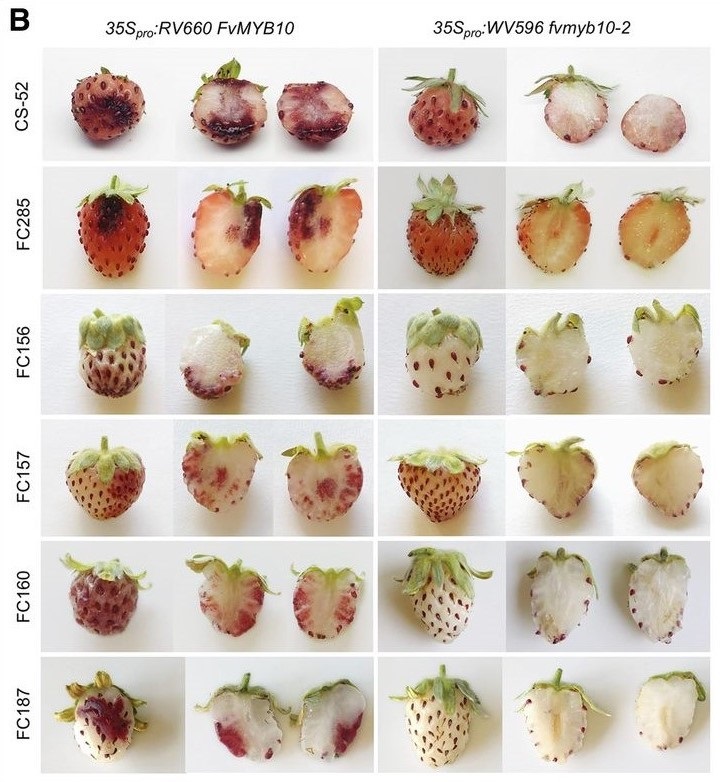
Allelic variation of MYB10 controls natural variation in skin and flesh color in strawberry (Plant Cell)
Few fruits have a more distinctive color than strawberry (Fragaria spp). Anthocyanins are responsible for strawberry’s characteristic red pigmentation with variations in receptacle color caused by altered anthocyanin levels. While the flavonoid synthesis pathway accountable for anthocyanin accumulation…

Leaf angle control across the sorghum canopy (Plant Physiol.)
In a rosette-forming plant like Arabidopsis, leaf radial angle is optimized to prevent self-shielding. By contrast, in a plant such as sorghum, leaf vertical angle affects self-shading. A “smart canopy” model has been proposed in which upper leaves have a more upright orientation to allow more light…
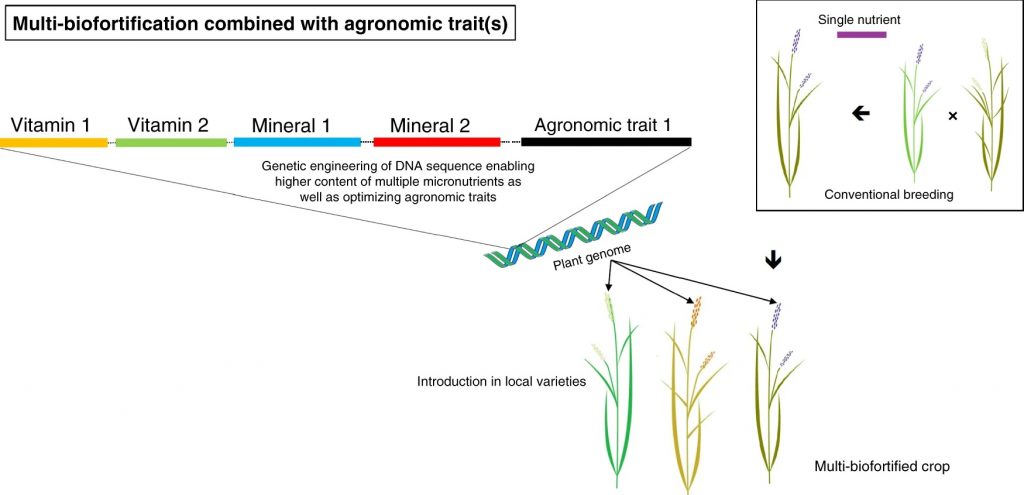
Perspective: Multiplying the efficiency and impact of biofortification through metabolic engineering (Nature Comms.)
As heterotrophs, we are what we eat. One of the UN Sustainable Development Goals is to end all forms of hunger, including the “hidden hunger” that results from nutrient deficiencies. Van Der Straeten et al. provide an overview of biofortification strategies. They review current successes from…

Review: Applications of CRISPR–Cas in agriculture and plant biotechnology (Nature Rev. Mol. Cell Biol.)
This week’s announcement of the Nobel Prize in Chemistry being awarded to Emmanuelle Charpentier and Jennifer A. Doudna “for the development of a method for genome editing” comes as no surprise to many. CRISPR (clustered regularly interspaced short palindromic repeats)– Cas (CRISPR-associated…
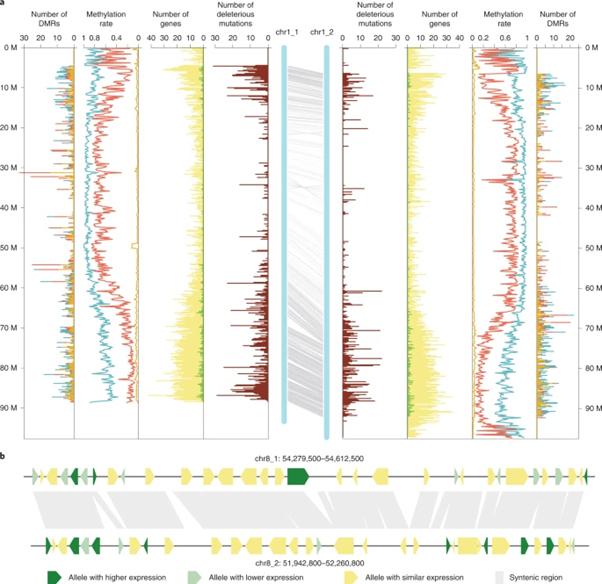
Haplotype-resolved genome analyses of a heterozygous diploid potato (Nature Genetics)
Potato (Solanum tuberosum) is the third most important food crop worldwide. It is also a clonally propagated tetraploid, making progress in breeding genetically improved cultivars extremely difficult. Therefore, there are ongoing efforts to redomesticate potato from a tetraploid, tuber-propagated crop…
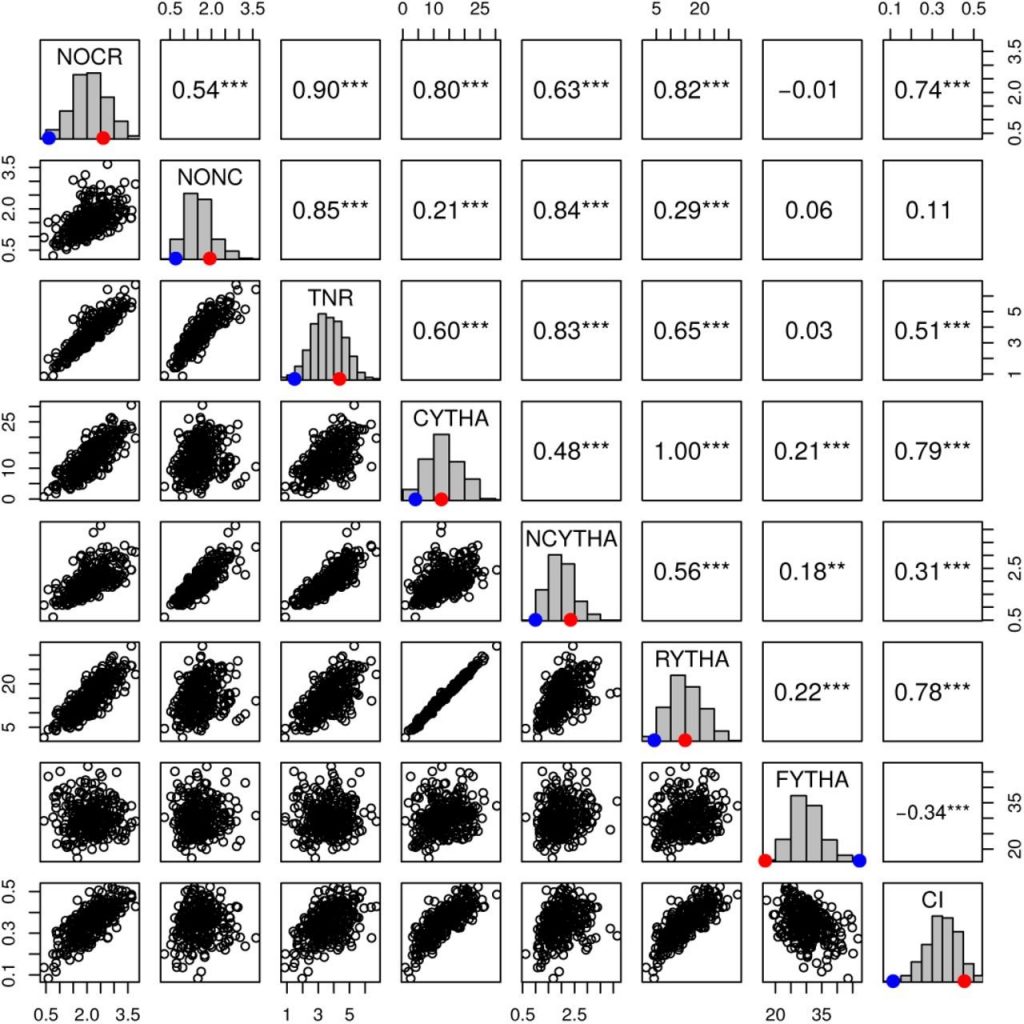
Multiple QTL mapping in autopolyploids: A random-effect model approach with application in a hexaploid sweetpotato full-sib population (Genetics)
Gene mapping and QTL identification for the improvement of important traits have not been fully explored in an autopolyploid species like sweetpotatoes (2n=6x=90) due to its genetic complexity. Most sweet potato QTL mapping efforts have relied on models used for diploid species, leading to low density…
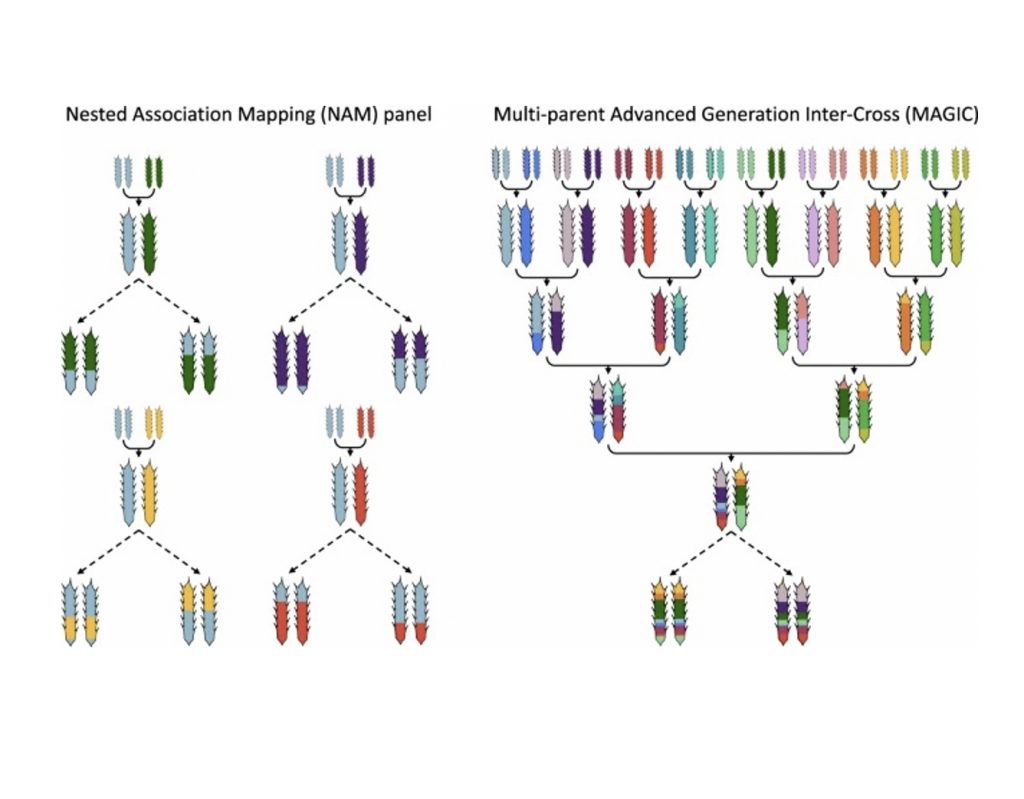
REVIEW: Multi-parent populations in crops: a toolbox integrating genomics and genetic mapping with breeding (Heredity)
Biparental populations (BPPs) obtained by crossing two diverse inbred lines have long been used for dissecting the complex traits owing to their simplicity, ease of development and high power of detecting QTLs with a few hundred markers genotyped. Nonetheless, poor resolution and low genetic diversity…

